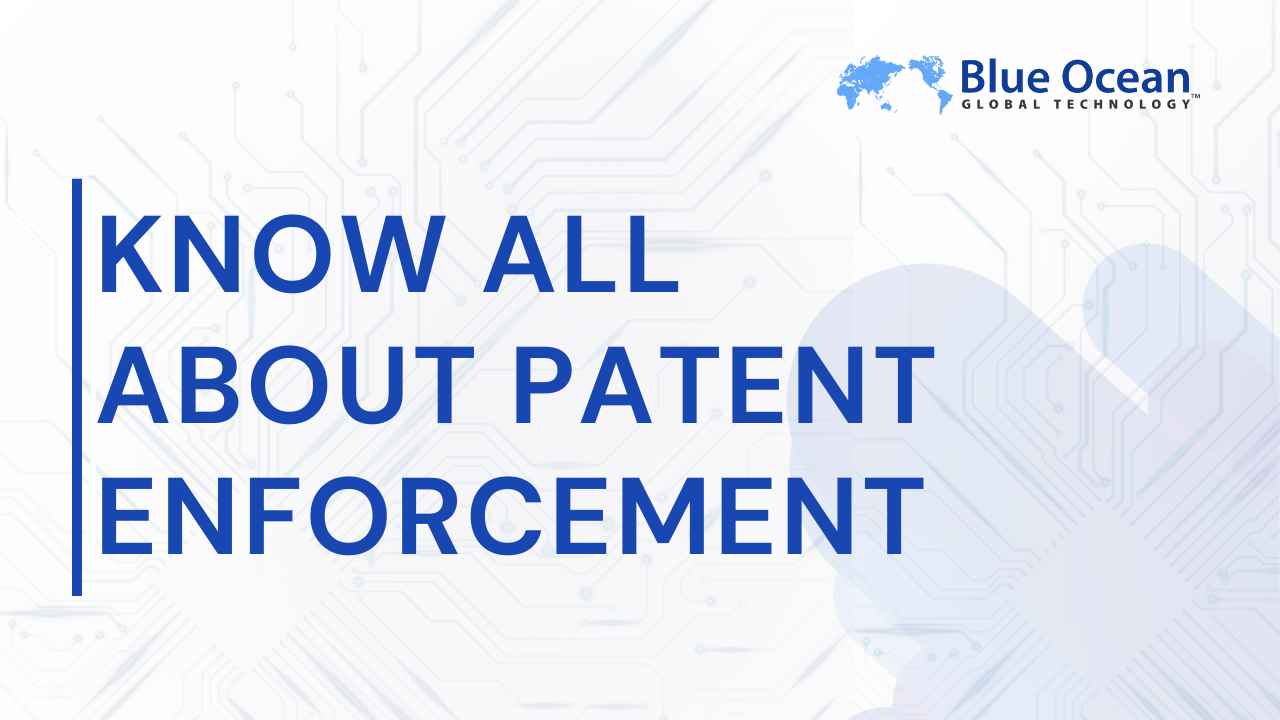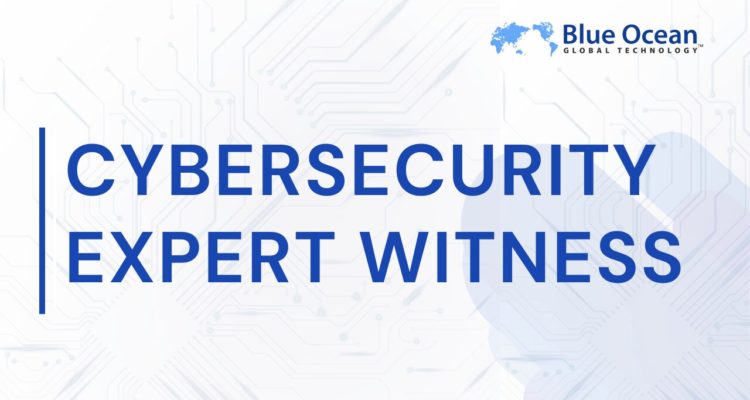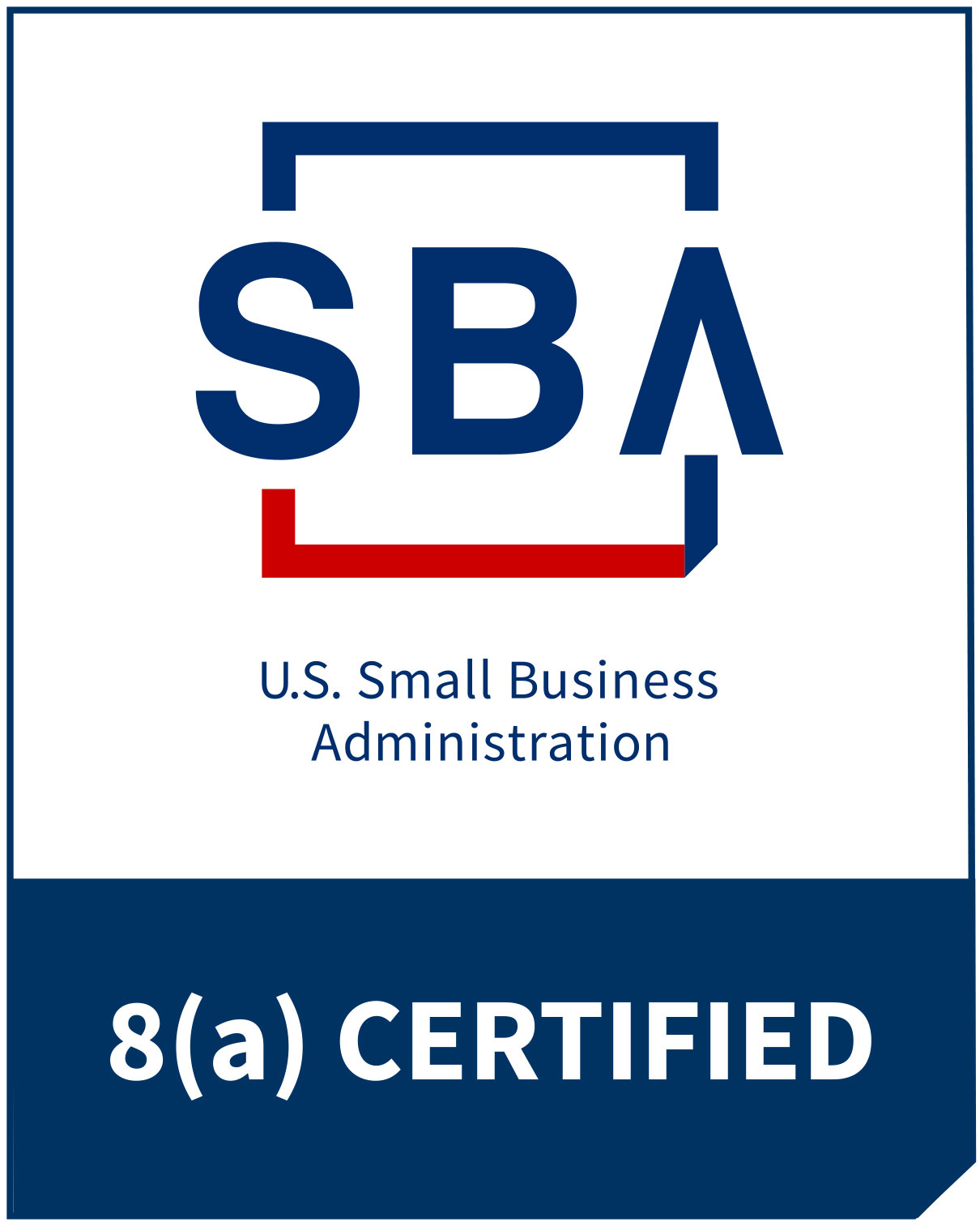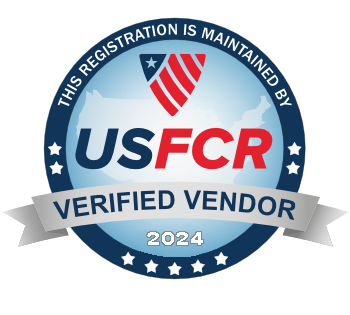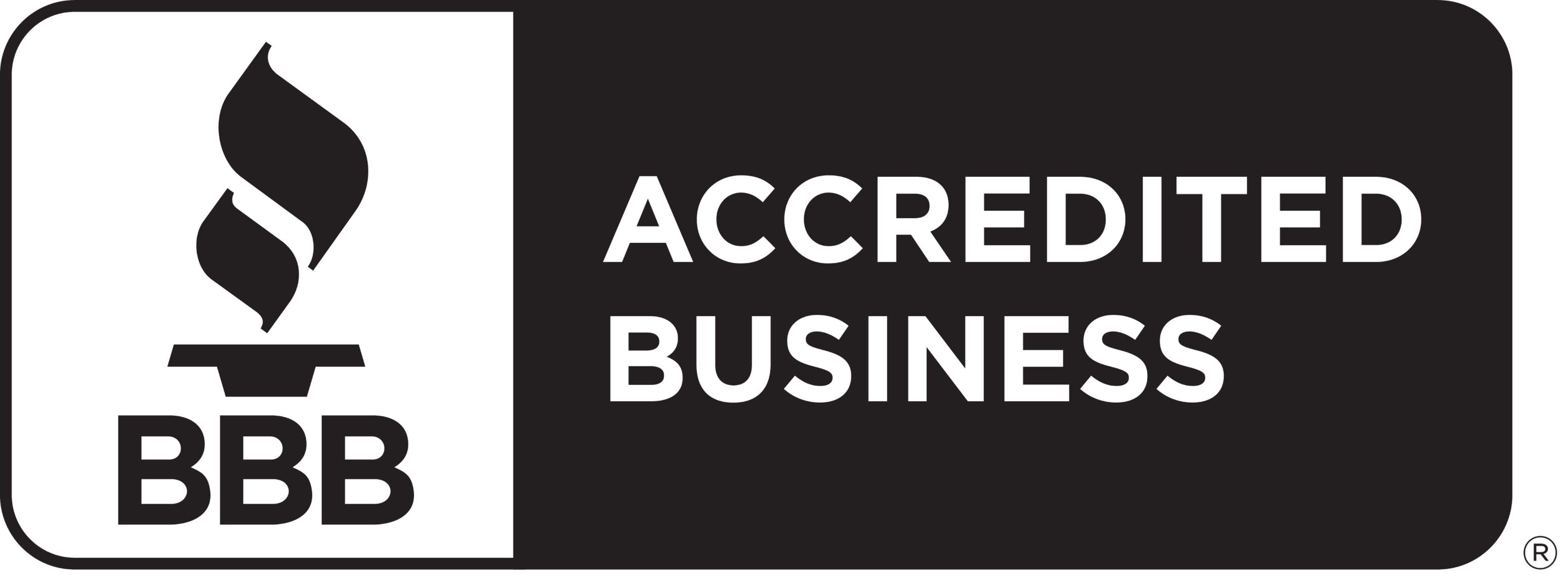Although litigation appears to be the sole mode of patent enforcement, there are other feasible options to resolve infringement disputes. This article comprehensively addresses different modes of patent infringement and explores different courses of action available against infringers.

What Is Patent Enforcement?
A patent grants an inventor exclusive right to use their invention. This right empowers the patent patentee to prohibit others from using, copying or selling their invention without permission. However, a ‘right’ remains an academic concept without the support of an enforcement mechanism to make it tangible.
Patent enforcement is the act of taking legal action against infringers of a patented article/process.
When does the discussion of enforcement come in? It begins when a patent holder or a patentee discovers that their patent is being infringed. Patent infringement falls in the category of strict liability. Therefore, intent or knowledge of the infringer is not essential. The Patentee can move ahead and seek enforcement right away.
What Is Patent Infringement?
Patent infringement occurs when any person or entity uses, sells, or replicates a patented article without the patentee’s authorization. In the U.S., there are five categories of infringement:
Direct Infringement
A party makes, uses, sells, offers to sell, or imports a patented article, method, or process without the patentee’s permission.
Indirect Infringement
A party encourages, assists, or enables another party to encroach upon a patent holder’s rights. There are two sub-categories:
-
Induced Infringement:
the accused party has the knowledge of the patent’s existence and yet encourages or enables another entity to commit infringement.
-
Contributory Infringement:
the accused party supplies components of the patented article with due knowledge that it shall be used to infringe the patent.
Image Source – Pexels
Willful Infringement
A party, knowing of a patent’s existence, deliberately chooses to violate it. This infringement is taken seriously and is often punished with high sums of damages awarded.
Literal Infringement
A party replicates a patented product or a process without any marks of distinction. In this infringement, the article/process in question matches all elements mentioned in the patentee’s patent claim.
Doctrine of Equivalent
A party makes trivial changes in the product or process to qualify the criteria for novelty. However, the end product/process has substantially the same function, operates in the same fashion, and delivers the same result.
Image Source – Pexels
Patent enforcement ensues as an aftermath of an infringement. A patentee has a right to claim civil remedies against the infringer. They can enforce their right in any federal district court that has personal jurisdiction over the accused party.
However, patentees have more than one method of enforcing their rights. Depending on their requirements, resources, and other financial factors, they choose to either collaborate or take action.
Patent Enforcement Appears Challenging?
Our experts are here to save the day! Blue Ocean Global Technology’s team offers personalized support on patent enforcement to address all your needs.
How to Enforce Patent?
Patent holders have a legal right to pursue legal action against the infringers of their patented article or process. However, there is more than one route to resolve disputes of patent infringements.
Enforcement with ‘Cease and Desist’
A Cease-and-Desist letter is sent by the owner of the patent to the infringer before taking the infringer to court. With this letter, the patentee demands that the infringer should:
- Stop the infringement of the rights with immediate effect;
- Confirm with their signature of their commitment to not infringe upon the right again;
- Handover the infringing good for destruction,
- Pay, in complete or in a proposed portion, damages or accounts of profits with their own.
Cease and desist letters can be sent immediately after the discovery of infringement. It can be sent by the patentee directly or through their attorney. This letter must mention the duration within which the infringer’s reply is expected. Additionally, it should also contain the consequence of no response.

Enforcement Through Negotiation
Cease and desist letters may drive the conversation between the patent holder and infringer toward negotiation. The object of the negotiation is to secure a license agreement between the parties. Such an agreement ensures that the patentee receives a license fee and the infringer gets authorization for the invention’s use.
In case the negotiation fails, patent holders can file an action in Federal Court to enforce his right.
Enforcement Through Litigation
Patent holders have a legal right to sue the infringers for infringement of their patented articles/processes. For legal enforcement, the patentee needs to establish:
- Ownership of valid patent
- Act of infringement
- Match of concerned products/processes every component with at least one independent claim.
If these elements are present in a patentee’s infringement claim, they have the option to proceed with a patent lawsuit. However, patent enforcement through litigation is expensive and time-consuming. The damage accrued due to infringement continues to increase in the course of proceedings.
Moreover, Federal court recordings may be available on the internet for public access. In such instances, confidential information may leak out and wreak havoc for a patentee’s reputation. Especially, if they have investors lined up.

Enforcement Through Arbitration
Under the U.S. Patent Act, voluntary arbitration is allowed for patent disputes concerning patent infringement, validity, interference, and inventorship. There are several reasons to opt for this alternative dispute resolution:
-
Confidentiality
Infringer will defend against infringement with the argument of validity. Patentees can keep such discussion out of public record if they choose to opt for arbitration. This will ensure that the challenge to the validity of their patents does not reach their clients or investors.
-
Mutually Chosen Arbitrator
Arbitration allows parties to choose the person who will reside in the dispute as an arbitrator. Unlike judges in court, parties have to choose an arbitrator with knowledge and experience in the concerned field. Therefore, a patent holder can rest assured that the decision will be an informed one.
-
Time and Cost Effective
Parties can mutually decide to keep a time frame for the dispute resolution. They can also decide to minimize costs through:
- limiting discovery to essential,
- eliminating the need for direct examination, and
- use of junior lawyers for initial hearings.
Arbitration occurs from mutual decisions of the parties and is governed by an arbitration agreement between them. This “mutual decision” provides flexibility and certainty in the proceedings, making it a feasible option for resolving patent infringement disputes.

Conclusion
Patent enforcement empowers the rights granted through a patent. It ensures that a patent holder has the locus standi to legally claim their authority over their invention.
There are several methods of enforcement available to a patent holder to choose based on the availability of resources. A patentee who is aware of all feasible solutions can make an informed decision regarding the future of their patent.
Frequently Asked Questions
1. How long is a U.S. patent enforceable?
Utility and plant patents remain enforceable for 20 years from the date of patent application filing. Design patents can be enforced up to 14 years from the patent application filing date.
2. Who can enforce a patent?
A patentee has the right to enforce their patent through action for infringement. If the patent has been licensed exclusively, then such a licensee also has the right to sue.
3. What is an example of direct patent infringement?
A company selling an item that has been patented by the inventor, without the inventor’s authorization, commits direct patent infringement.
Need More Guidance on Patent Enforcement?
Our team is well-equipped with knowledge and expertise to help you with patent infringement disputes.

